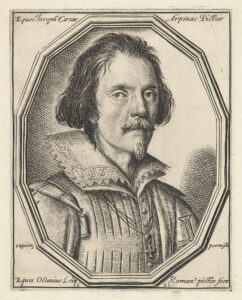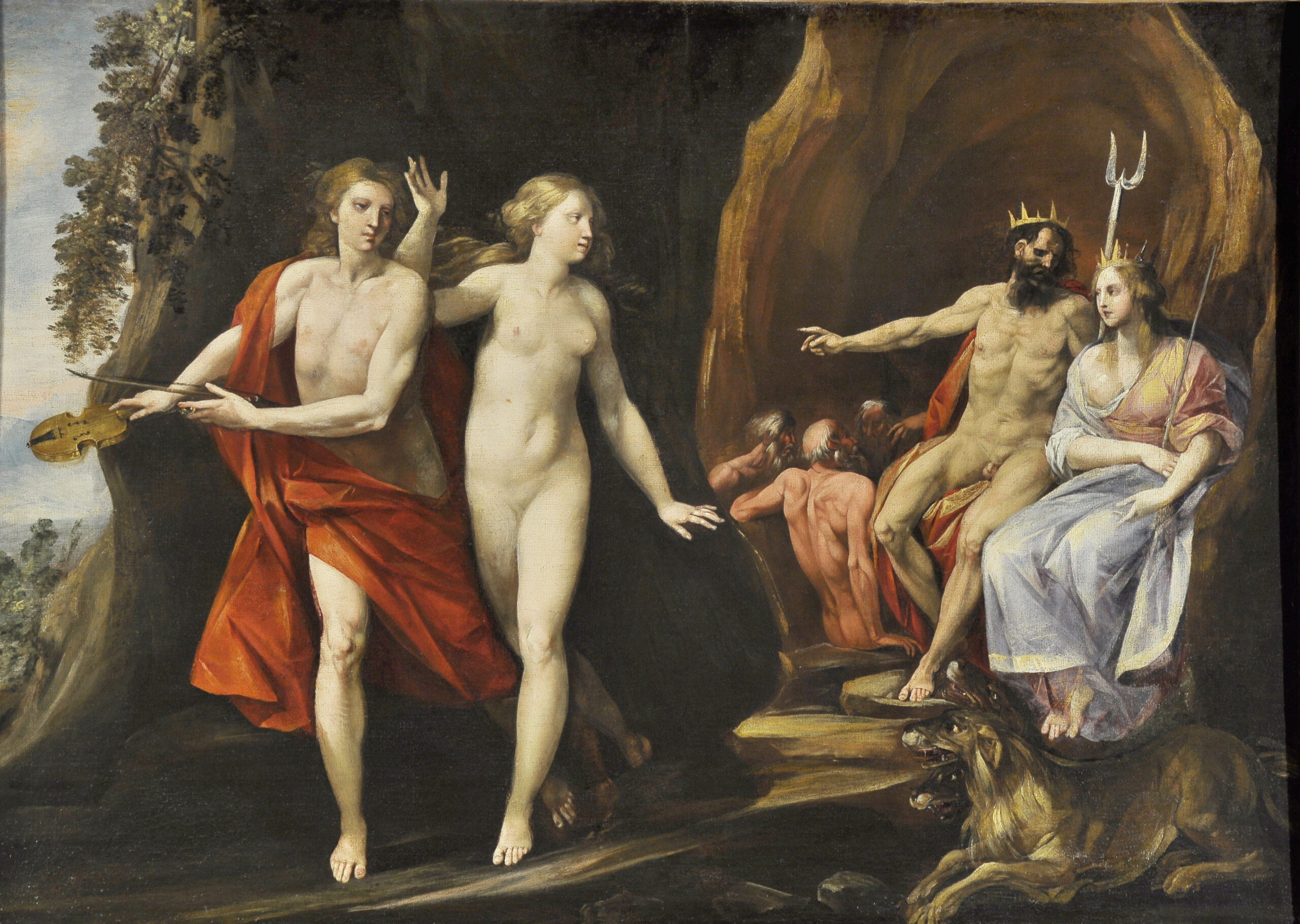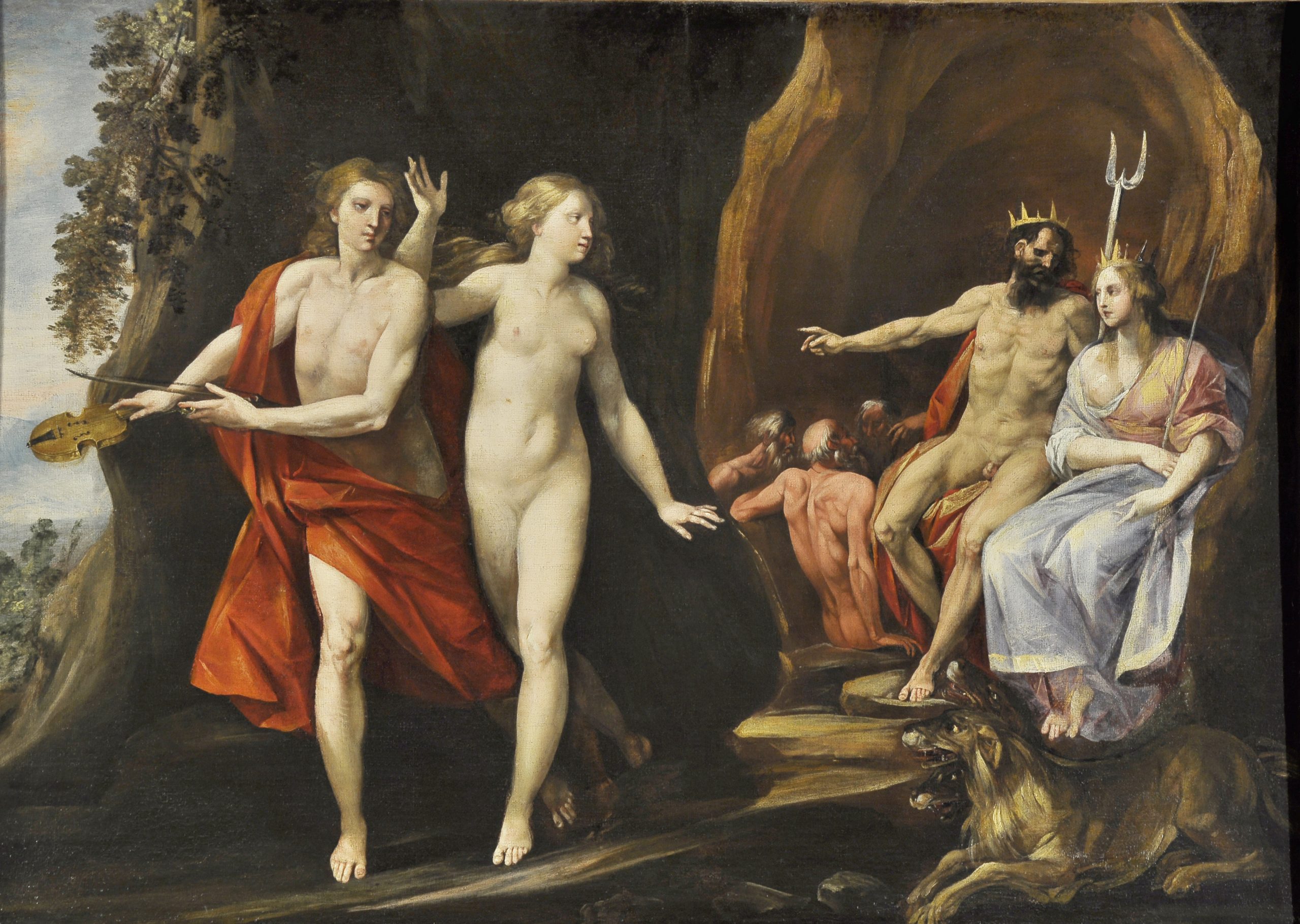Orpheus and Eurydice – The Lovers That Inspire
 The tale of Orpheus and Eurydice is one of the most famous in Greek mythology. The story of the two lovers has inspired paintings, plays, operas, and songs throughout history. Though there are many versions of the tale, there are few differences that exist between them.
The tale of Orpheus and Eurydice is one of the most famous in Greek mythology. The story of the two lovers has inspired paintings, plays, operas, and songs throughout history. Though there are many versions of the tale, there are few differences that exist between them.
Orpheus, son of Apollo and Calliope, was the most talented musician in ancient times. With a voice that was gifted by the gods, he was able to charm anyone who heard him sing, man or beast. He even played a vital role on the voyage with Jason and his Argonauts, putting the sleepless dragon to sleep and saving the men from the sirens.
While performing one day, Orpheus saw a young woman (or wood nymph), Eurydice. She too, like all the others in attendance, had been drawn to his voice. The two fell in love instantly and were soon married.
Sadly, their happiness did not last long. A young shepherd, Aristaeus, desired Eurydice and set forth with a plan to kill Orpheus. As the couple ran, Eurydice tripped and was bitten by a deadly viper. Within moments, she died.
Distraught with grief, Orpheus traveled to the underworld to see his wife again. There he played his lyre and sang for Hades and Persephone. They were so moved by his lament that Hades promised that Orpheus could take Eurydice back to the land of the living. The one rule, he was not allowed to look at his wife until they were fully in the light.
Orpheus agreed and the two began their ascent out of The Underworld. As they approached the light, Orpheus could no longer stand it. He turned to look at Eurydice, but was only allowed a fleeting glimpse before she was pulled away back into the darkness.
Learn more about the exhibit
Giuseppe Cesari – From Votive Painter to Cavaliere
Giuseppe Cesari, b Jan 1568, was the son of an Italian votive image painter. After moving to Rome around the year 1582, Cesari was an apprentice to Nicolò Circignani where he developed his skills and studied other artists’ styles. Under Circignani’s direction, he participated in the decoration of the Vatican itself as well as numerous other projects.
Nicolò Circignani where he developed his skills and studied other artists’ styles. Under Circignani’s direction, he participated in the decoration of the Vatican itself as well as numerous other projects.
Cesari was giving his first independent commission at the age of 20, painting frescos in S. Lorenzo in Damaso. These works have been lost through the years, but are preserved through copies. It was at this point that he broke from the style of Circignani and began developing his own. He continued to paint frescos and altarpieces throughout Rome and Naples throughout the 1590s. In addition to these large commissions, Cesari also specialized in smaller paintings for private investors. These works were often painted on copper, slate, or panel and were quite unlike those of his Roman contemporaries.
Cesari’s talent, and close ties to the papal court, quickly made him one of Rome’s most prominent painters. Pope Clement VIII gave him the title of Cavaliere di Cristo for his supervision of the decoration of the Lateran Basilica, where Cesari. himself painted the “Ascension” over the altar.
Cesari continued to receive commissions until his death on July 3, 1640. Though he had no followers, both Caravaggio and Andrea Sacchi studied with him at the beginning of their careers. They, and the countless others that studied his artistry, continued to express respect and admiration for his work.
“Orpheus and Eurydice” at The Jule
 “Orpheus and Eurydice” hangs in the “History Paintings: Between Classicism and Realism” section of the exhibit. This piece falls under the “classicism” style, as it depicts the scene in the classic Greek and Roman style.
“Orpheus and Eurydice” hangs in the “History Paintings: Between Classicism and Realism” section of the exhibit. This piece falls under the “classicism” style, as it depicts the scene in the classic Greek and Roman style.
What about the tale of Orpheus and Eurydice makes it a great subject for various art forms?
What point in the story does this painting depict?
Mythology tells us that Orpheus played the lyre. Can you think of why Cesari would paint him carrying the violin?
Mythology themed paintings like this one often had settings that celebrated the utopian myth of “Arcadia,” where man and nature coexisted in perfect harmony. How is that harmony on display here? Does the subject of the painting contribute to that? Will that harmony last?
Learn more about the Exhibit
References
https://www.nga.gov/collection/artist-info.2428.html
https://www.greeka.com/greece-myths/orpheus-eurydice/
https://www.tate.org.uk/art/art-terms/c/classicism




